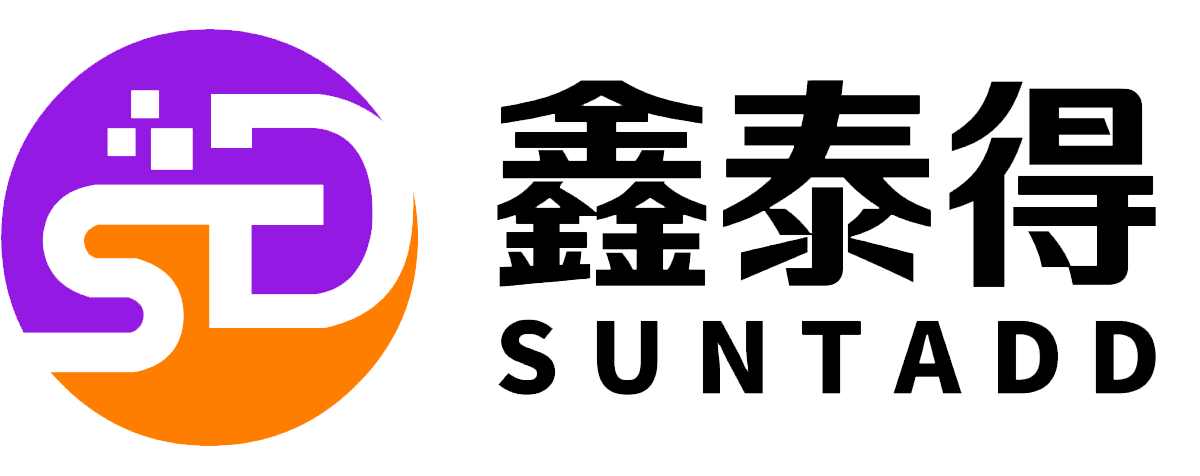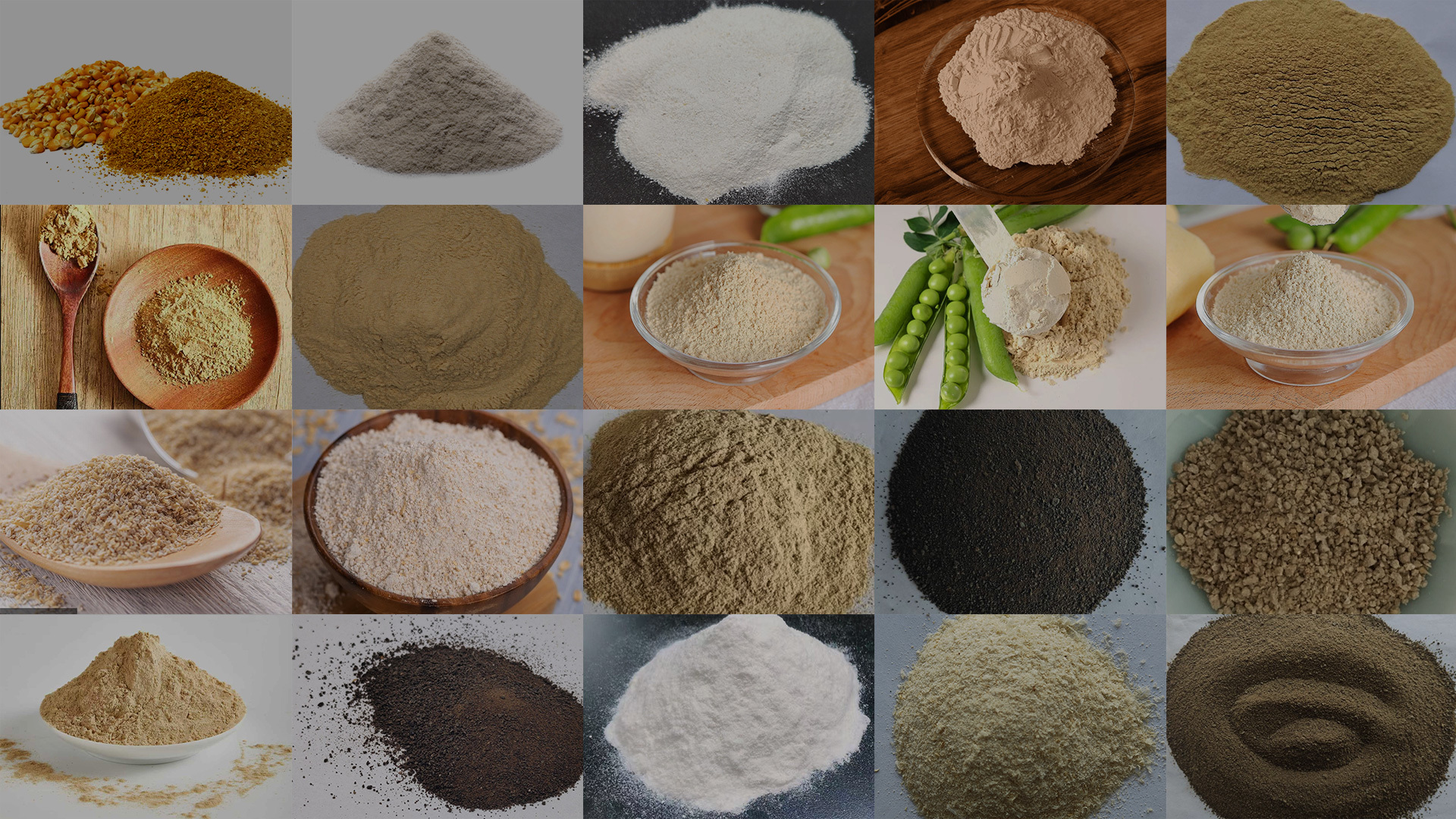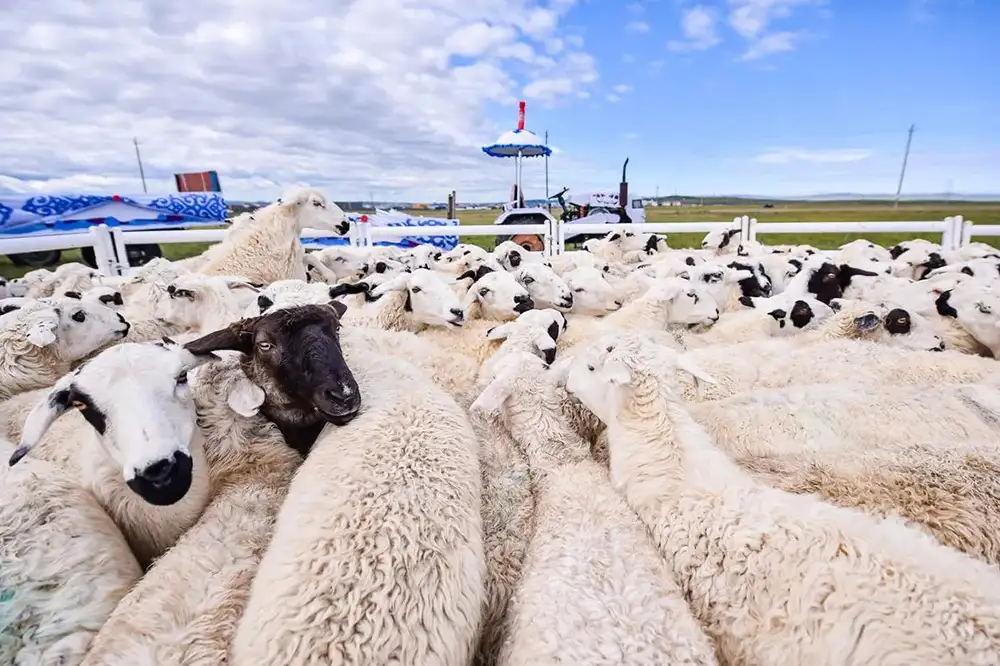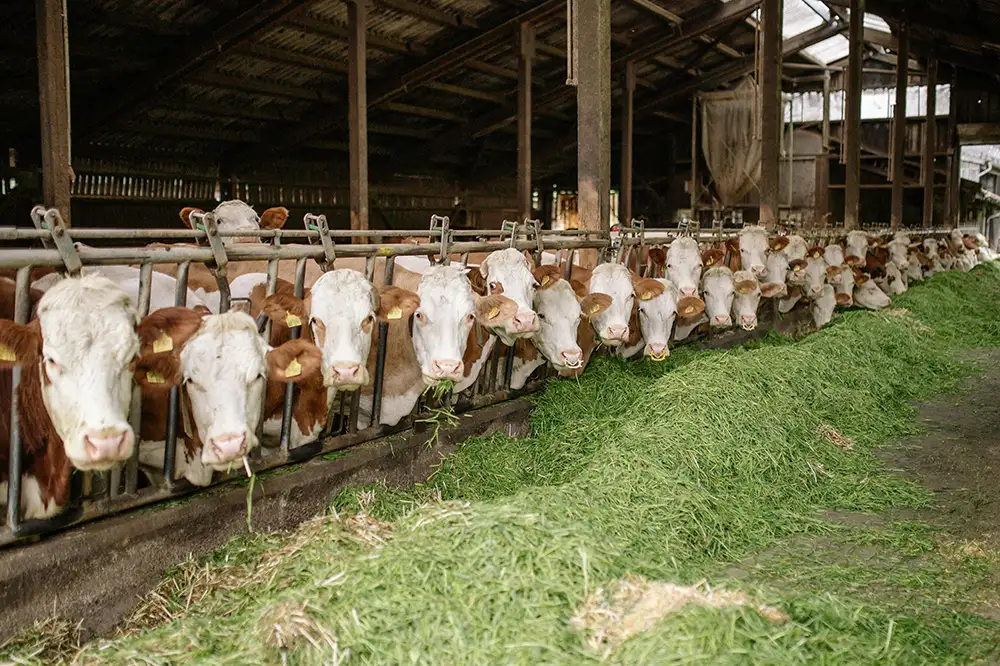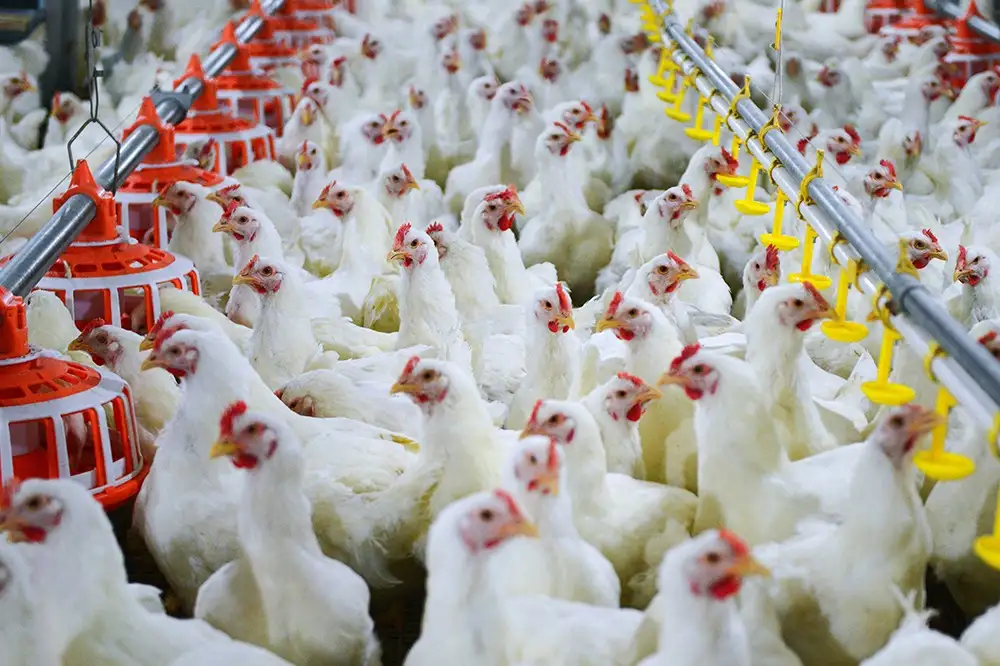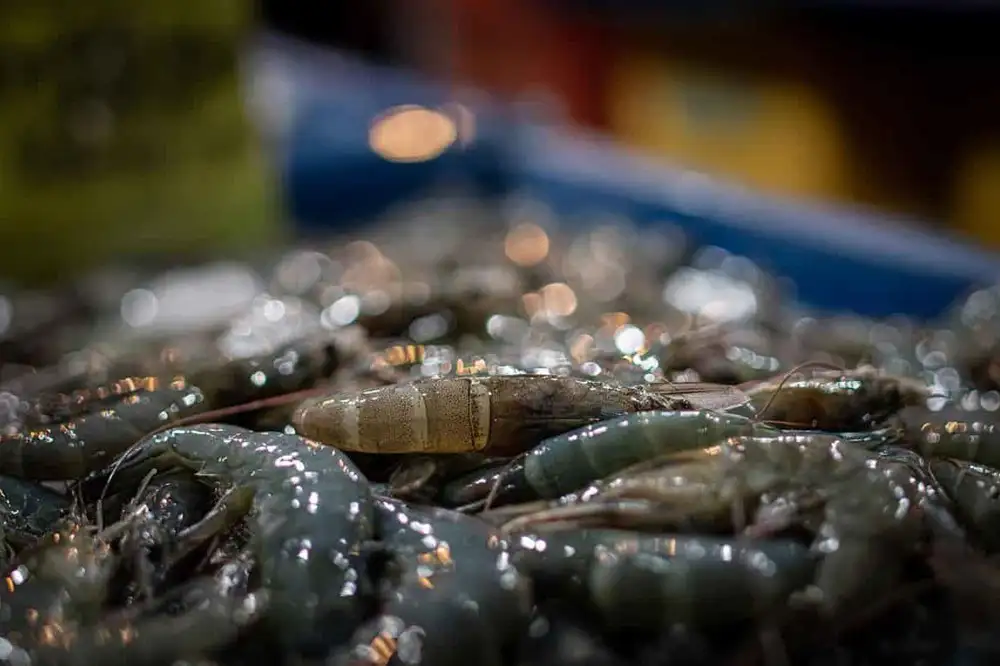It is a major raw material for feed production, containing over 40% crude protein. Feed-grade cottonseed meal is an important raw material in livestock and poultry (such as pigs, cattle, sheep, chickens, etc.) and aquatic (such as fish and shrimp, etc.) aquaculture feed. In livestock and poultry feed, it can be used as a protein source to replace some relatively expensive protein raw materials such as soybean meal, thereby reducing feed costs; according to the breed, age, physiological state and production purpose of different animals, reasonable addition of feed-grade cottonseed meal can optimize feed formula, improve the nutritional value and economic benefits of feed.
Rapeseed meal is a byproduct obtained after extracting oil from rapeseeds using pressing or pre-pressing and extraction methods. It is a good source of protein.
Corn Middlings is a byproduct of corn processing, mainly composed of corn endosperm, pericarp, germ, etc., processed through crushing, sieving, and other processes. It contains a certain amount of protein, starch, dietary fiber, and other nutrients. Among them, dietary fiber helps promote intestinal motility in animals and improve digestive function; starch is an important source of energy for animals and can provide sufficient energy support for animals.
Fish meal is produced using advanced equipment and technology, including raw material inspection, cleaning, impurity removal, steaming, pressing, drying, crushing, screening, and packaging. It is widely used in livestock and poultry feed for pigs, chickens, ducks, cattle, and sheep as a major protein source. It meets the nutritional needs of livestock and poultry at different growth stages, improving growth rate, feed conversion rate, and the yield and quality of meat, eggs, and milk.
Fresh chicken livers from the slaughterhouse are used as raw materials; they are fresh, palatable, and stable. Suitable for adding to pig feed, poultry feed, and aquatic feed.
Yutai Bai, deep-sea fish processing extracts L-glutamic acid LGOX (L-glutamic acid oxidase) and food additives from by-products, with nutrition similar to deep-sea enzymatically hydrolyzed fish protein powder.
Glutamate residue is a byproduct, primarily derived from the solid waste generated during the production process of glutamate. Glutamate is an important amino acid.
Bacterial protein (J90) is a protein feed product obtained after inactivation, separation and drying by fermentation of Corynebacterium glutamate and a medium composed of sucrose, molasses, starch or other
This product is a kind of high-protein feed. Made by separating, drying, cooling and crushing the waste bacteria and fermentation substrates after extracting glutamate from the grain fermentation mother liquor
Urea, also known as carbamide, has the chemical formula CH4N2O. It is a white crystalline or white powder composed of carbon, nitrogen, oxygen, and hydrogen, and is one of the simplest organic compounds.
Urea is the most commonly used non-protein nitrogen additive in the fattening process of beef cattle and sheep, which can provide a nitrogen source for rumen microorganisms to synthesize proteins
Urea is a non-protein nitrogenous compound with a nitrogen content of 46%. Feed urea is a high-quality protein supplement for ruminants. As a non-protein nitrogen feed additive, urea can be converted into
Sugar beet pulp is a high-quality feed material, widely welcomed by the animal husbandry industry for its high protein and low fiber characteristics. Sugar beet pulp is the solid part remaining after sugar is extracted from sugar beets. After drying and granulation, it forms granules, making it easy to store and transport. It is rich in nutritional value; every 10 kilograms of fresh sugar beet pulp is equivalent to the feed value of 1 kilogram of sorghum or oats. It is suitable for feeding various animals such as dairy cows, beef cattle, pigs, and sheep.
Wheat bran can be fed in large quantities to ruminants. In dairy cows, the usage is 25%~30%, which helps increase milk production. It is effective for breeding cattle, beef cattle, calves, etc. During the fattening period, it should be used with grain feed. The non-starch polysaccharides in wheat bran promote the proliferation of beneficial bacteria in the intestines of livestock and poultry, and inhibit the growth of pathogenic bacteria. Wheat bran is rich in dietary fiber and non-starch polysaccharides, which are important for regulating the intestinal health of livestock and poultry.
Caragana is a plant that grows in harsh environments such as sand dunes, hillsides, and dry slopes. Caragana is rich in a variety of nutrients such as high protein and crude fat. After a series of processing, it is transformed into caragana granules, to make a feed with good palatability and mellow taste. Suitable for adding to pig feed, poultry feed, ruminant feed and aquatic feed.
High stability, innovation, and environmental friendliness
It can promote the synthesis of multiple hormones in the body. Highly resistant to high temperatures, high humidity, and boasts excellent stability. Produced using microencapsulation technology, it exhibits enhanced stability, ensuring a high retention rate of active ingredients during manufacturing, storage, and transportation—making it particularly suitable for aquaculture feed plants and poultry feed facilities.
Acts together with digestive enzymes in the animal's digestive tract to degrade complex carbohydrates in feed, improve feed digestibility, and enhance animal production performance.

· The company was founded in 2017

· The company covers an area of about 16000 square meters

· 30 core technology products of the company

· Service customer production scale of 8 million tons
About Us
Animal feed products company integrating scientific research, industry and trade
In response to the national call for energy conservation, emission reduction, and the development of a low-carbon agricultural economy, and in alignment with the Ministry of Agriculture's meal reduction policy initiative as well as the trends towards diversification and intensification within the feed industry, Tianjin Suntadd Technology Co., Ltd. was established in January 2017. This enterprise is dedicated to scientific and technological advancements in feed production, integrating research, development, manufacturing, and trade of innovative feed nutrition technologies.


More than 20 years of experience, the strength of industry experts
Can be used in veterinary medicine industry do feed additives, or made into capsules used as copper supplements, used to solve the cattle, calves, sheep, goats, deer and camels copper deficiency

Experienced team
Build a strong product development and sales team

Apply for a number of technical patents
Worry-free, attentive, attentive, caring, whole-hearted
Advantage
Our advantage
A company of animal feed products that integrates scientific research, production and trade.
The company is located in Tianjin
Successful Cases
Division I core technology products are mainly used in a variety of breeding animal feed preparation, including: pigs, poultry, cattle, sheep, fish and shrimp, pets and so on...
